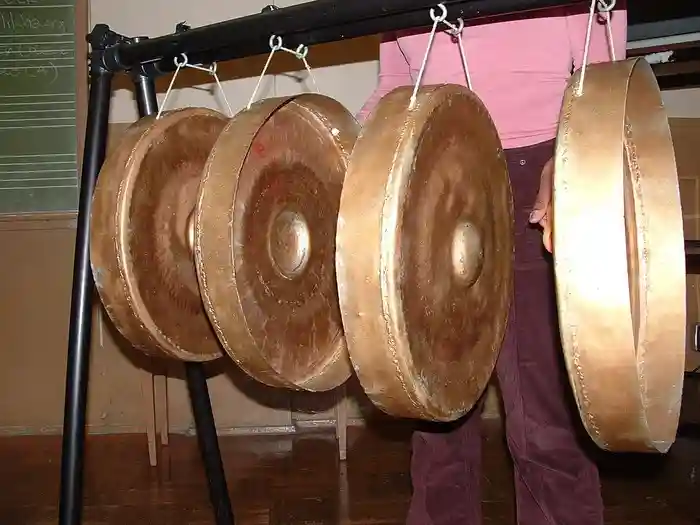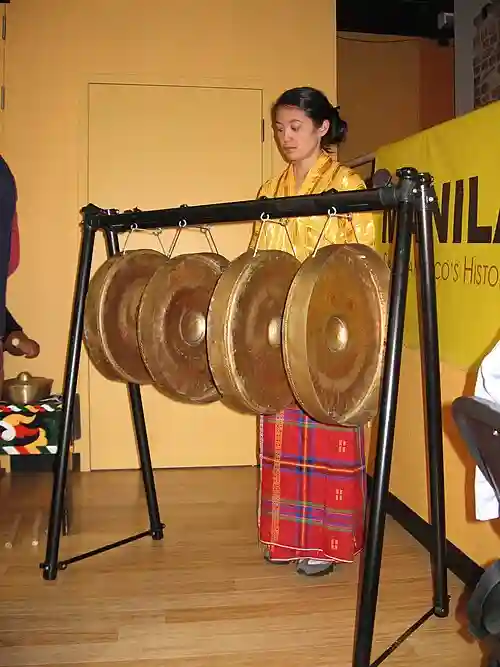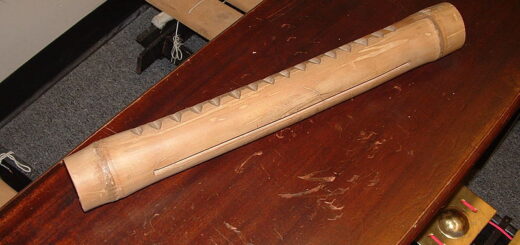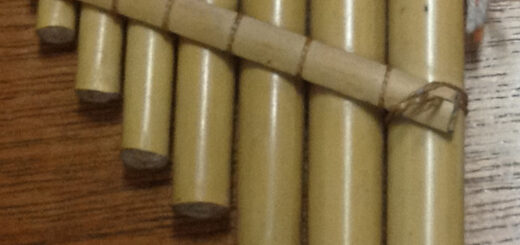Gandingan Musical Instrument – Echoes of the Ancestors

In the heart of Mindanao, where the rhythms of life intertwine with rich cultural traditions, lies a captivating musical instrument known as the Gandingan. This traditional gong set, part of the larger kulintang ensemble, plays a vital role in the musical and cultural heritage of the Maguindanao people. More than just an instrument, the Gandingan is a voice—a communicator, storyteller, and preserver of identity.
What is the Gandingan?
The Gandingan is a set of four large, hanging, vertically suspended gongs with distinct pitches. Made of bronze or brass, each gong has a central knob (or boss) that is struck with rubber-padded beaters to produce a deep, resonant tone. These gongs are part of the kulintang ensemble, a traditional gong-chime music tradition widely practiced in the southern Philippines.
Also known as the “talking gongs,” the Gandingan can mimic the inflections of human speech, allowing performers to communicate messages through a coded musical language. This remarkable ability has cemented its place not only in ceremonies and musical performances but also in social and historical contexts.
Cultural Significance
Traditionally played by women, the Gandingan has a dual function: musical and communicative. In pre-colonial and early colonial times, it was used to send messages across villages—announcing weddings, summoning people to gatherings, or warning of impending danger.
Its sound, often described as hauntingly beautiful and solemn, evokes deep emotion and spirituality. In contemporary times, it is a centerpiece of cultural performances, festivals, and educational programs that aim to preserve indigenous heritage.

Traditionally, women were only ones allowed to play the gandingan. – Author: Philip Dominguez Mercurio – Source: https://commons.wikimedia.org/wiki/File:Gandingan_06.jpg
Role in the Kulintang Ensemble
Within the kulintang ensemble, the Gandingan serves as a secondary melodic instrument. While the kulintang (the row of small, horizontally laid gongs) leads the melody, the Gandingan adds depth, counterpoint, and rhythm. It also allows for improvisation, showcasing the musician’s skill in matching tone and timing with expressive flair.
Construction and Craftsmanship
Creating a Gandingan is both an art and a science. Traditionally crafted by skilled metalworkers, the gongs must be carefully tuned and shaped to ensure each produces the correct pitch. The process involves casting, hammering, and tempering the metal—skills passed down through generations.
Preservation and Revival
Like many indigenous traditions, the use of the Gandingan has faced challenges—from modernization to cultural assimilation. However, thanks to efforts by cultural groups, ethnomusicologists, and local communities, there’s a resurgence in interest. Schools and universities now include kulintang music in their curricula, and youth-led performances often feature the Gandingan, ensuring its sound continues to resonate.
Gandingan Musical Instrumen
The Gandingan is more than just a musical instrument—it’s a cultural treasure, a historical messenger, and a symbol of resilience. As its deep tones echo across time, they remind us of the enduring beauty of indigenous Filipino traditions. In every strike, there is a story, a rhythm of the past that continues to shape the present.
References:
Wikipedia










